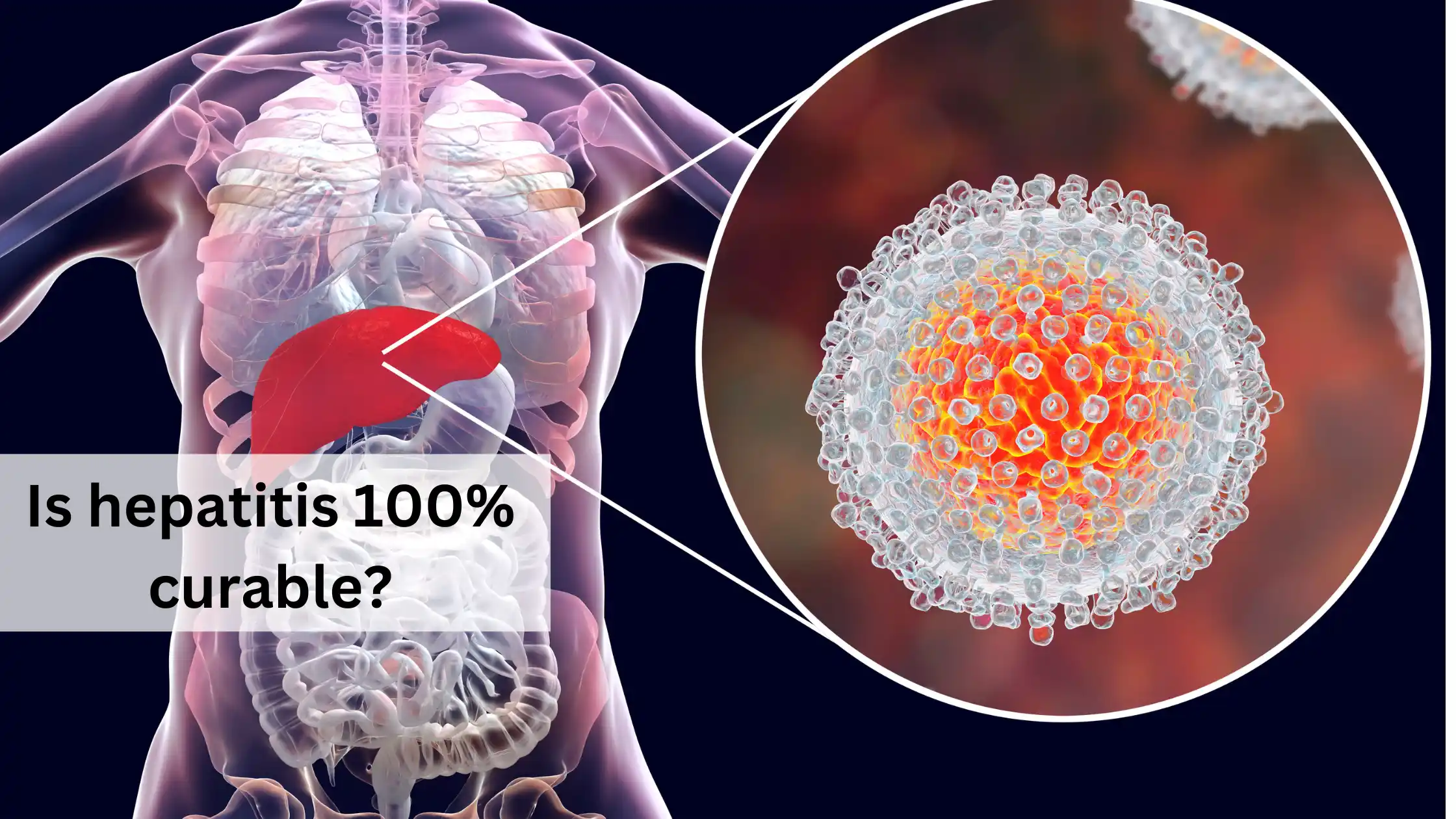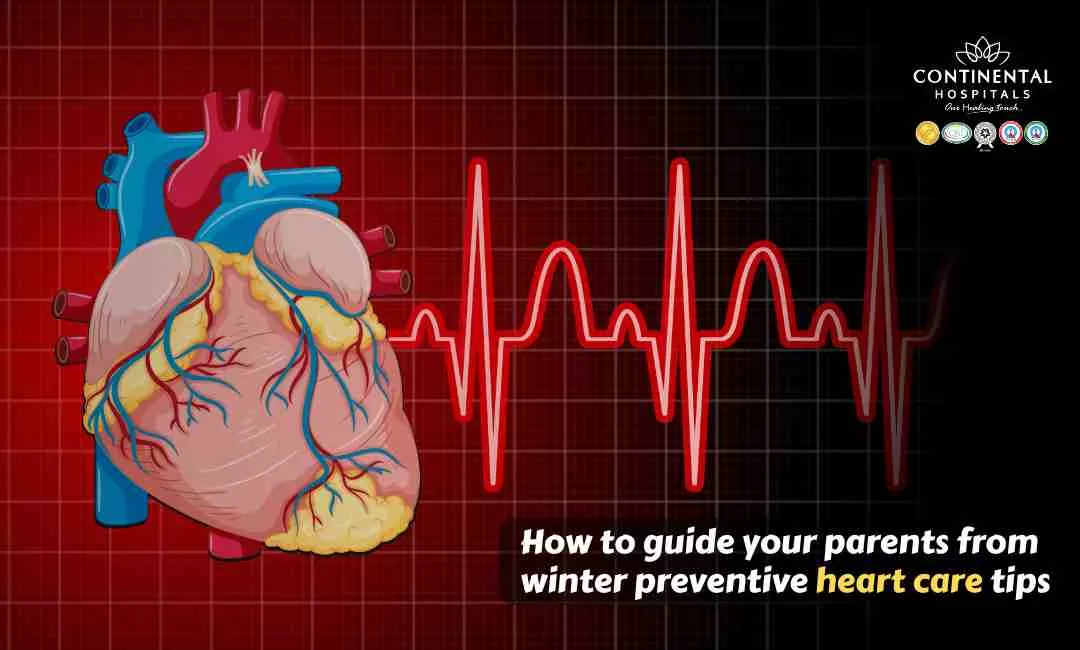Viral hepatitis is a global health concern that affects millions of people worldwide. It refers to the inflammation of the liver caused by a group of viruses known as the hepatitis viruses. There are several types of hepatitis viruses, with the most common being hepatitis A, B, and C, often referred to as the "ABCs" of viral hepatitis. In this comprehensive guide, we will explore each type, their symptoms, and effective prevention strategies to help you stay informed and take steps to protect your liver health.
Hepatitis A
Hepatitis A, commonly known as HAV, is a highly contagious liver infection caused by the hepatitis A virus. This type of hepatitis is typically contracted through the consumption of contaminated food or water or close contact with an infected person.
Symptoms of Hepatitis A:
Jaundice: A common symptom of hepatitis A is the yellowing of the skin and eyes, known as jaundice.
Fatigue: Feeling excessively tired and weak.
Nausea and vomiting: Persistent nausea and vomiting may occur.
Abdominal pain: Discomfort or pain in the upper-right side of the abdomen.
Loss of appetite: A reduced desire to eat.
Dark urine: Urine may appear dark, like tea.
Pale stools: Stools may become pale or clay-colored.
Prevention of Hepatitis A:
Vaccination: The hepatitis A vaccine is highly effective in preventing the disease. It is recommended for all children and for adults in high-risk groups or traveling to regions where the virus is common.
Hand hygiene: Practicing good hand hygiene, such as frequent handwashing with soap and water, can help prevent the spread of the virus.
Food and water safety: Avoid consuming undercooked or raw shellfish, and be cautious when traveling to regions with poor sanitation and water quality.
Proper sanitation: Maintain good sanitation practices to prevent the contamination of food and water sources.
If you think you show signs of hepatitis, or if you simply want to get yourself checked for it, you must visit your nearest Hepatologist or Gastroenterologist.
Hepatitis B
Hepatitis B, or HBV, is caused by the hepatitis B virus. It can be both acute and chronic, and it is typically transmitted through contact with infected blood, semen, or other bodily fluids.
Symptoms of Hepatitis B:
Jaundice: Similar to hepatitis A, hepatitis B can cause jaundice.
Fatigue: Persistent tiredness and weakness.
Abdominal pain: Discomfort in the upper-right side of the abdomen.
Joint pain: Joint pain is a common symptom of hepatitis B.
Loss of appetite: A reduced desire to eat.
Nausea and vomiting: Frequent nausea and vomiting.
Dark urine: Dark-colored urine is another common symptom.
Prevention of Hepatitis B:
Vaccination: The hepatitis B vaccine is highly effective and is often given to newborns, children, and adults at risk.
Needle safety: Avoid sharing needles, syringes, or any other drug paraphernalia to prevent the transmission of the virus.
Screening and early diagnosis: Regular screenings can help identify the infection early and prevent its progression to chronic hepatitis B.
Hepatitis C
Hepatitis C, or HCV, is a liver infection caused by the hepatitis C virus. It is usually transmitted through contact with infected blood, often associated with injection drug use, or from contaminated medical equipment.
Symptoms of Hepatitis C:
Jaundice: As with other types of hepatitis, hepatitis C can lead to jaundice.
Fatigue: Persistent fatigue and weakness.
Abdominal pain: Discomfort in the upper-right side of the abdomen.
Loss of appetite: Reduced appetite is a common symptom.
Dark urine: Dark-colored urine may occur.
Joint pain: Joint pain is associated with hepatitis C.
Itchy skin: Some people with hepatitis C experience itchy skin.
Prevention of Hepatitis C:
Needle safety: Avoid sharing needles or syringes and ensure safe practices if you require injections or medical procedures.
Screening and early diagnosis: Regular screenings are essential for early detection and timely treatment.
Blood screening: Ensuring that blood and blood products are adequately screened for HCV reduces the risk of transmission during medical procedures.
Conclusion
Understanding the ABCs of viral hepatitis is essential for safeguarding your health and the health of those around you. Whether it's hepatitis A, B, or C, each type presents its own set of symptoms and prevention measures. Vaccination, safe sex practices, and good hygiene are key components of preventing these infections.
Viral hepatitis can have serious consequences, including the development of chronic liver disease, cirrhosis, and even liver cancer. Therefore, staying informed and taking proactive steps to protect yourself is of utmost importance. If you suspect you may have hepatitis or have been exposed to the virus, consult a healthcare professional for diagnosis and appropriate treatment. By raising awareness and taking preventative measures, we can collectively work towards reducing the impact of viral hepatitis on our global community.
.webp)














